Vice President Kamala Harris is trailing former President Donald Trump by 4 percentage points (43-47) among 656 likely voters in Iowa, according to the Des Moines Register/Mediacom Iowa Poll conducted from Sept. 8 to 11 by Selzer & Co. Compared to the last poll, which found Trump leading President Joe Biden by 18 points (50-32), this poll suggests a close race in Iowa as Election Day approaches. A GOP-funded poll conducted Sept. 27 to 28 by Cygnal found similar results, placing Trump ahead by six points (51-45).
Iowa has historically been considered a swing state, with razor-thin margins as close as 0.3 percent for Democrat Al Gore in 2000 and 0.7 percent for Republican George W. Bush in 2004. Then, Iowa saw a period of Democratic support under Former President Barack Obama — featuring larger margins of 9.5 percent and 5.8 percent in 2008 and 2012, respectively — before Trump rode a conservative wave with margins of 9.5 percent in 2016 and 8.2 percent in 2020. If the results of September’s poll hold true, this race will be tighter than any of the past four presidential election cycles.
“This is one of the best polls, truly a high quality poll,” Courtney Nava, assistant professor of political science, said of Selzer & Co., which conducts the Iowa Poll. “But one poll is just one snapshot of time, and when you’re looking at polling and the purpose of polling, it’s not really meant to be predictive. It’s not meant to tell us who’s going to win an election or who’s going to lose an election. The better way to think about this is that it looks like there was a changing trend that might have occurred between June and September.”
“I was surprised, but probably shouldn’t have been,” Barbara Trish, professor of political science, wrote in an email to The S&B in response to the polling data. “Given basic sampling error, the snapshot the Iowa Poll offered in Sept. might look a little closer to what we saw in the 2020 vote. Or, I suppose, even a more dramatic departure from it. And it was September, perhaps catching Democrats basking in the glow of a new candidate.”
“Well, it [the polling data] showed me that a lot of the problem with Iowa voters was Biden, as a person, and too old. I think that’s what was most of it. And his ability to communicate, it declined substantially, he didn’t have the energy,” said Professor Wayne Moyer.
History chair and professor Sarah Purcell also noted the quality of the pollster, referring to Selzer & Co. as “the gold standard of political polling.” “But even for the best quality poll, putting too much stock in one poll is never a good idea,” said Purcell.
Purcell emphasized the importance of taking a lot of diverse types of information, including a historical perspective, into account when trying to predict the politics of a certain state. “As a historian, I would say it’s too soon to tell — one poll or even one election is probably not enough,” Purcell said. “I’m not so willing to predict the future as I am maybe just able to see patterns and possibilities that are open because of things that have happened.”
Purcell, Moyer, Trish and Nava all said that answering the question about the trajectory of Iowa politics involves looking at state and local races, not just the national context.
Since 2016, Iowa has experienced a Republican wave at every level. Both senators, all four representatives and the Iowa governor are currently Republicans, and Republicans outnumber Democrats in the State House of Representatives (64-36) and the State Senate (33-16). However, polls conducted by DCCC Targeting and Analytics Department, GQR and RMG Research suggest that the congressional races in Iowa’s 1st and 3rd Districts will be competitive in the upcoming election. “If we would start to see a shift in some of the congressional districts, if we would see a closer shift in some of the statewide races, then I would be willing to say there’s more of a trend over time,” Purcell said.
“I’d like more evidence than one poll to conclude that Iowa is competitive, even if you’re only focusing on the presidential contest,” Trish wrote. “Maybe the Democrats can pick up some state legislative seats, but it would take a lot to shift – or be competitive – in party control.”
Despite their insight into the state of Iowa politics, Moyer, Nava, Trish and Purcell were hesitant to make predictions. “I think we could still be a swing state,” Moyer said. “Never say never,” Nava said. “I will be very surprised if Harris wins Iowa,” Purcell said. “But I wouldn’t be surprised if one or more of the congressional seats flip.”

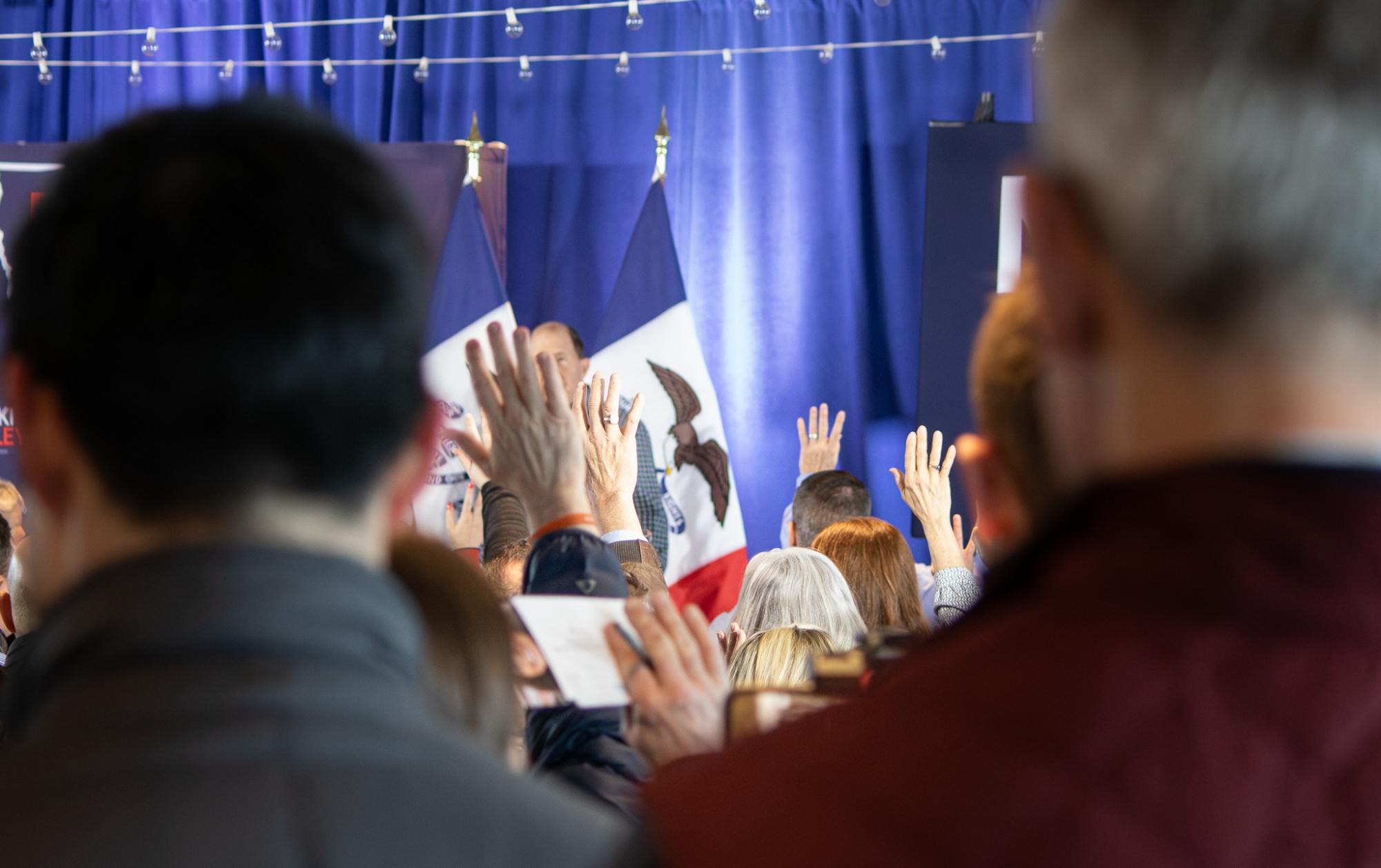
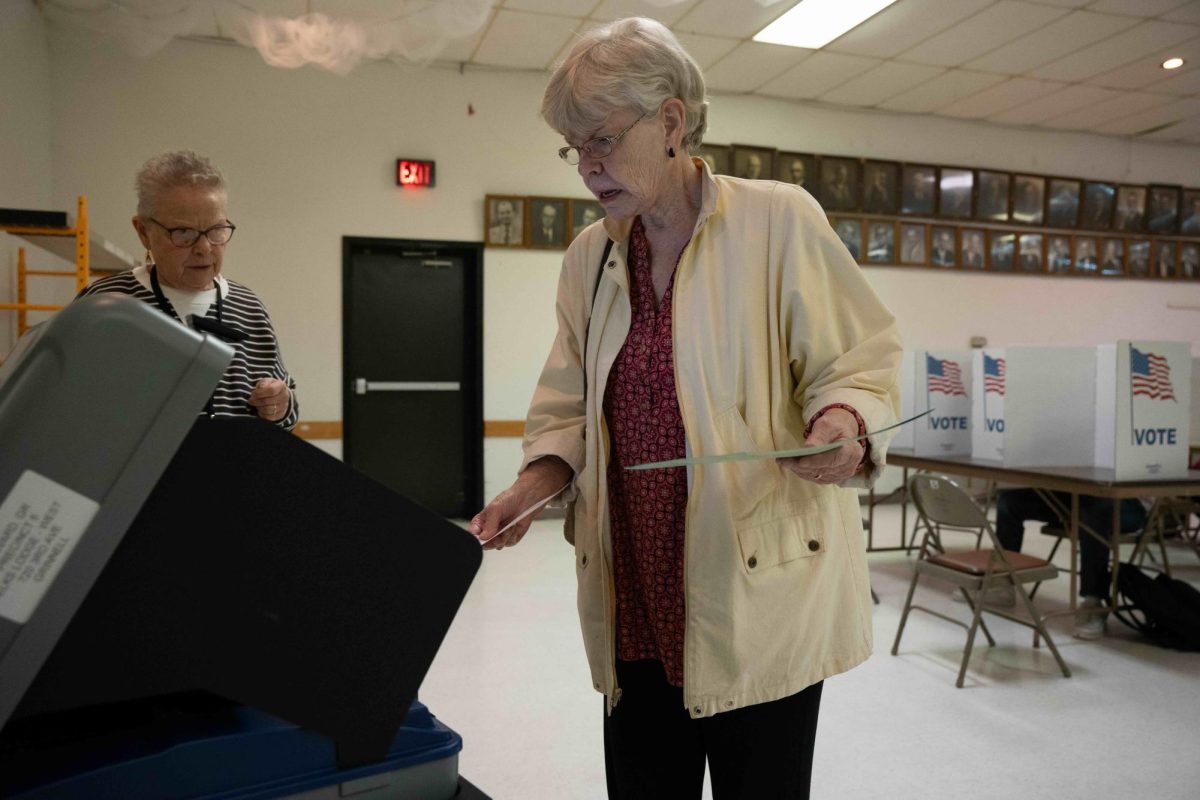

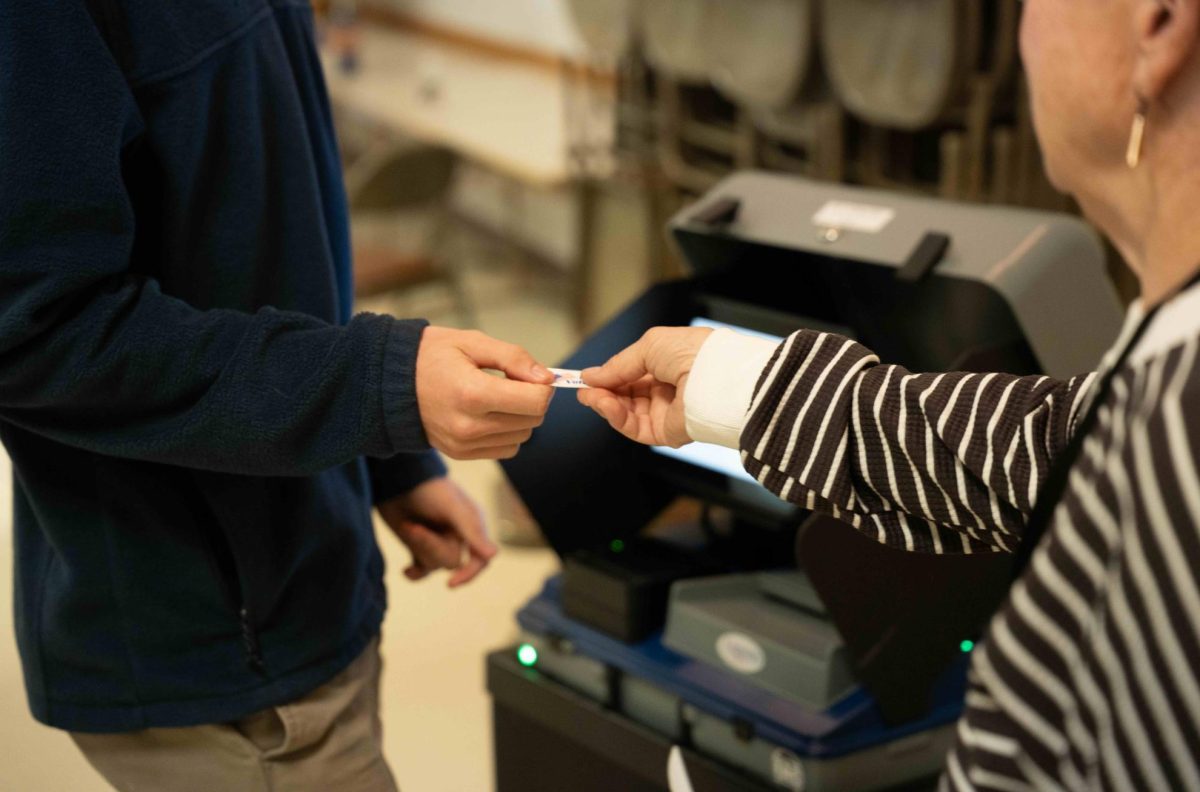
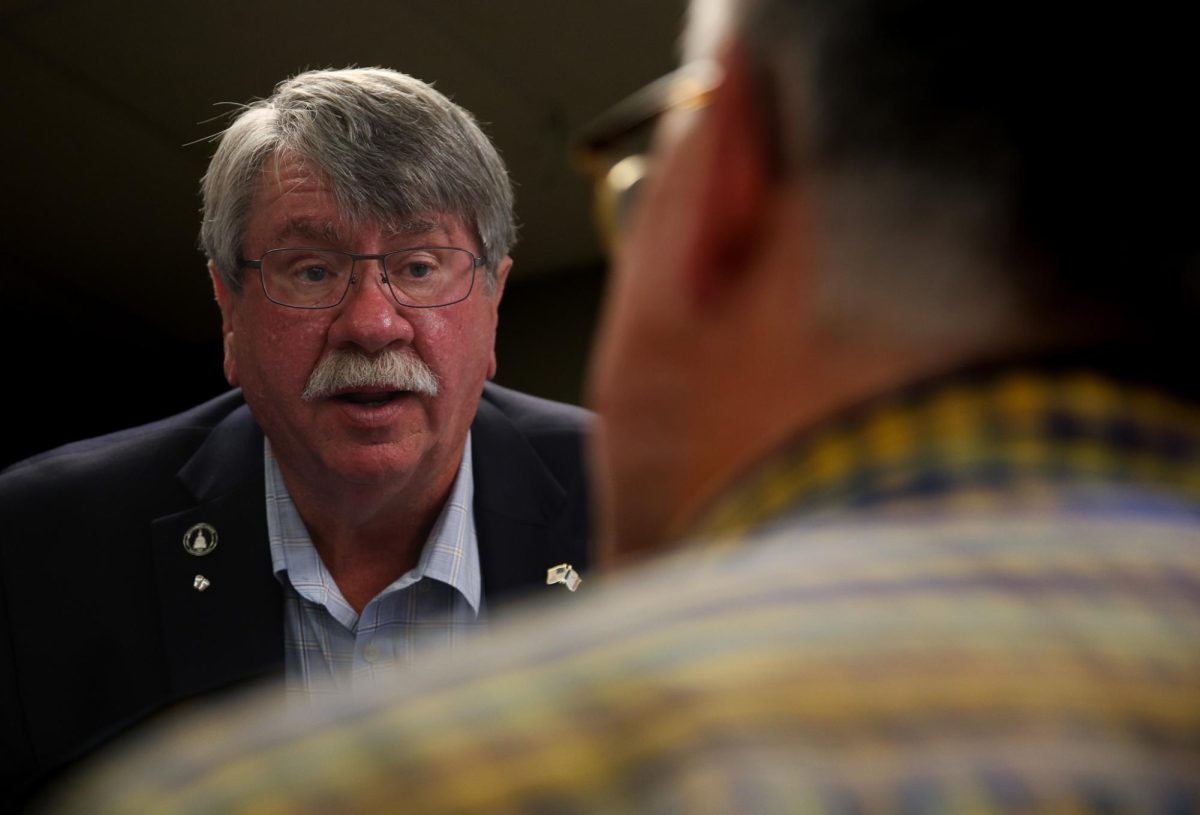
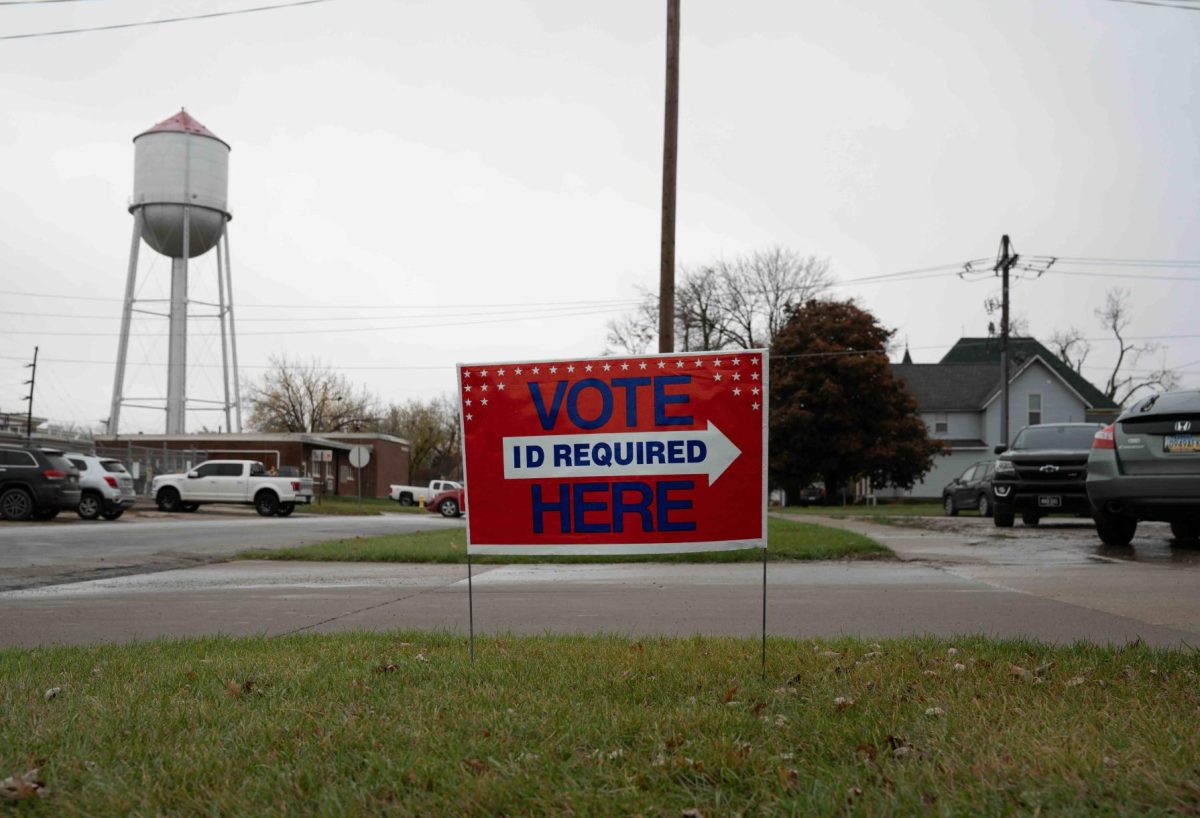
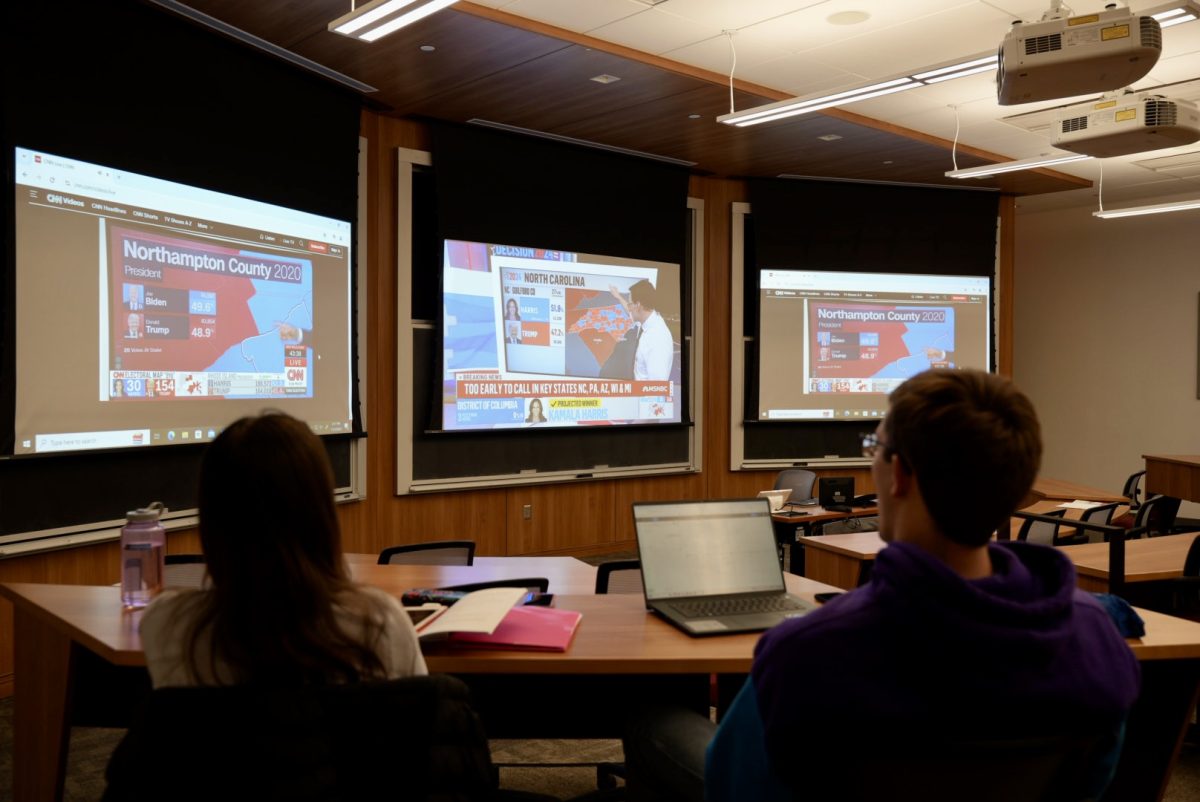
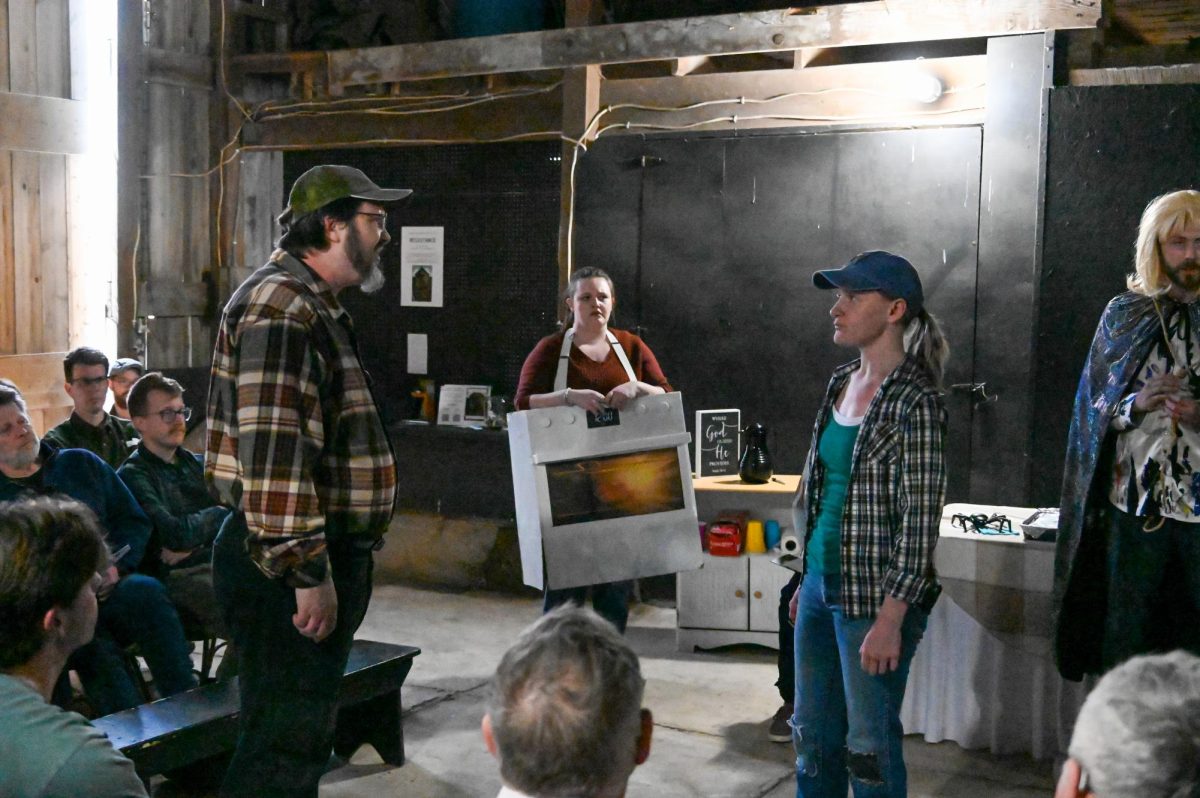
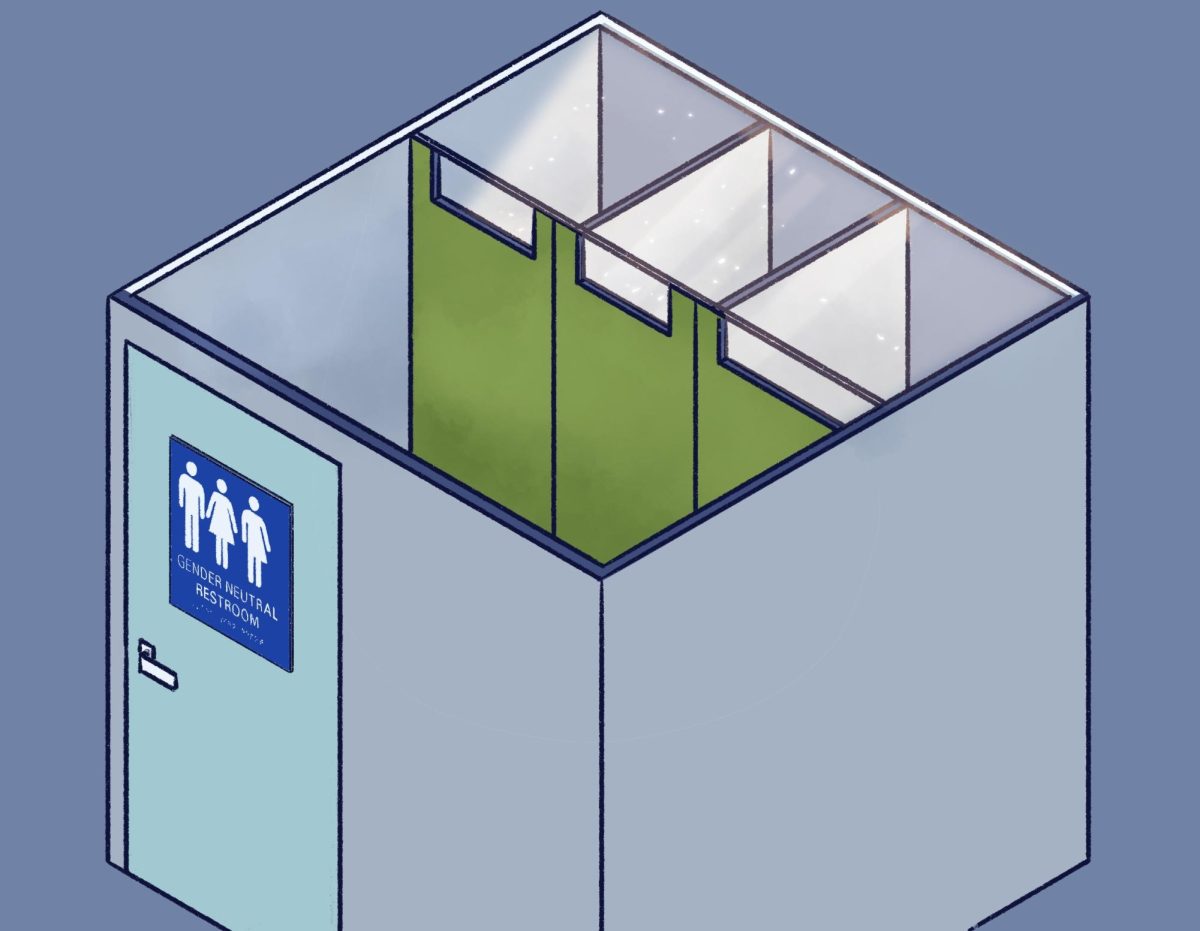
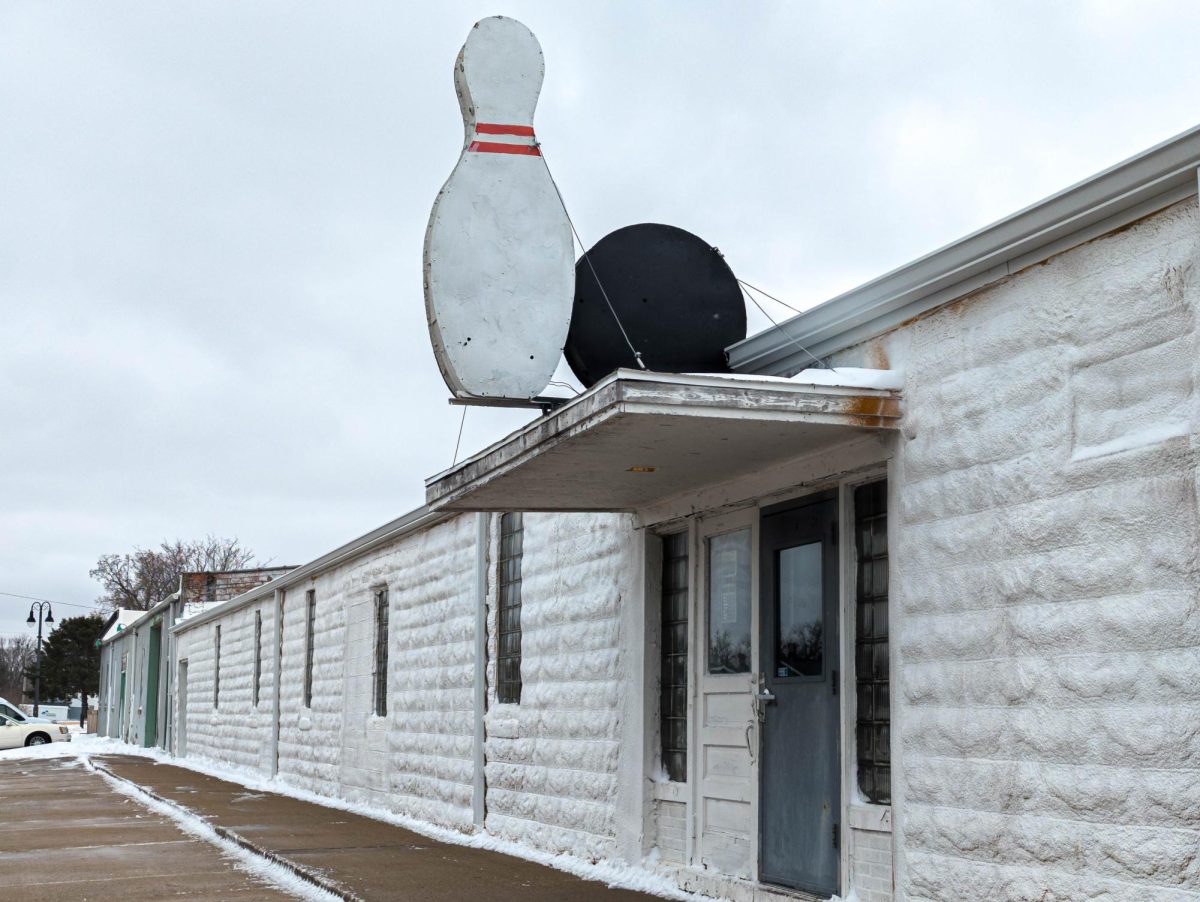

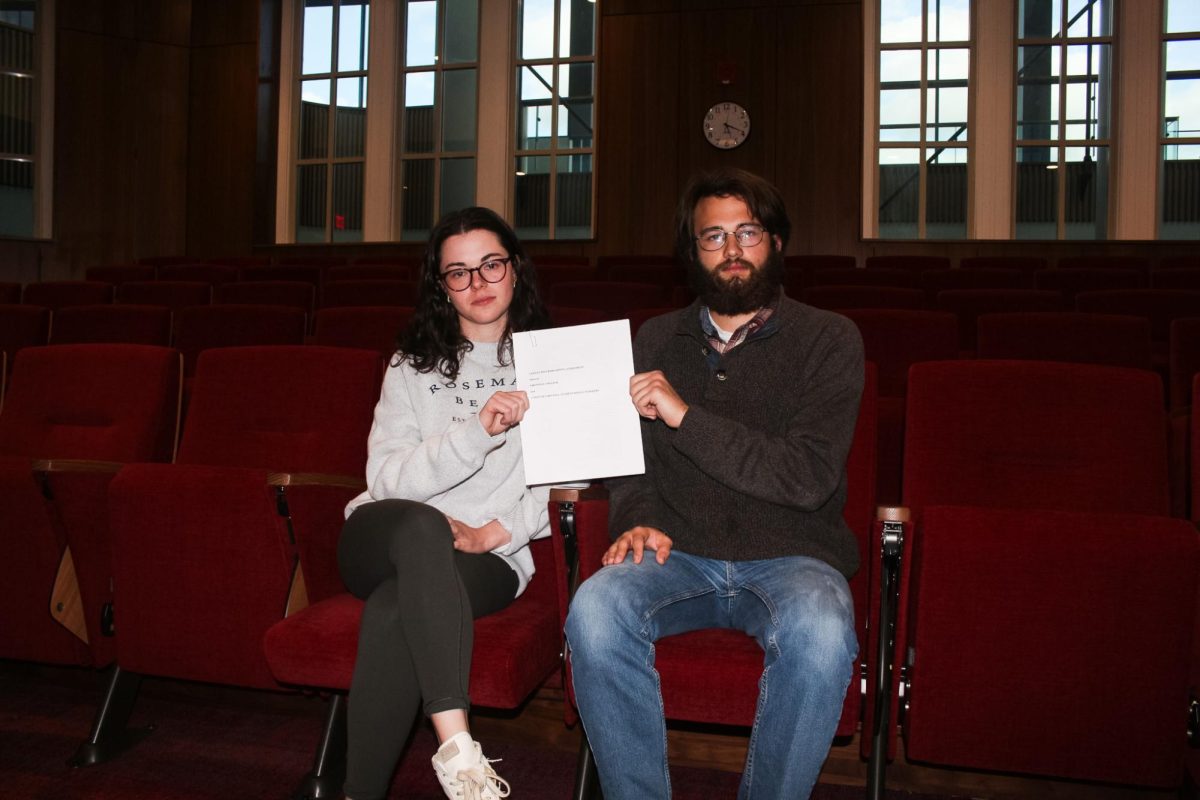
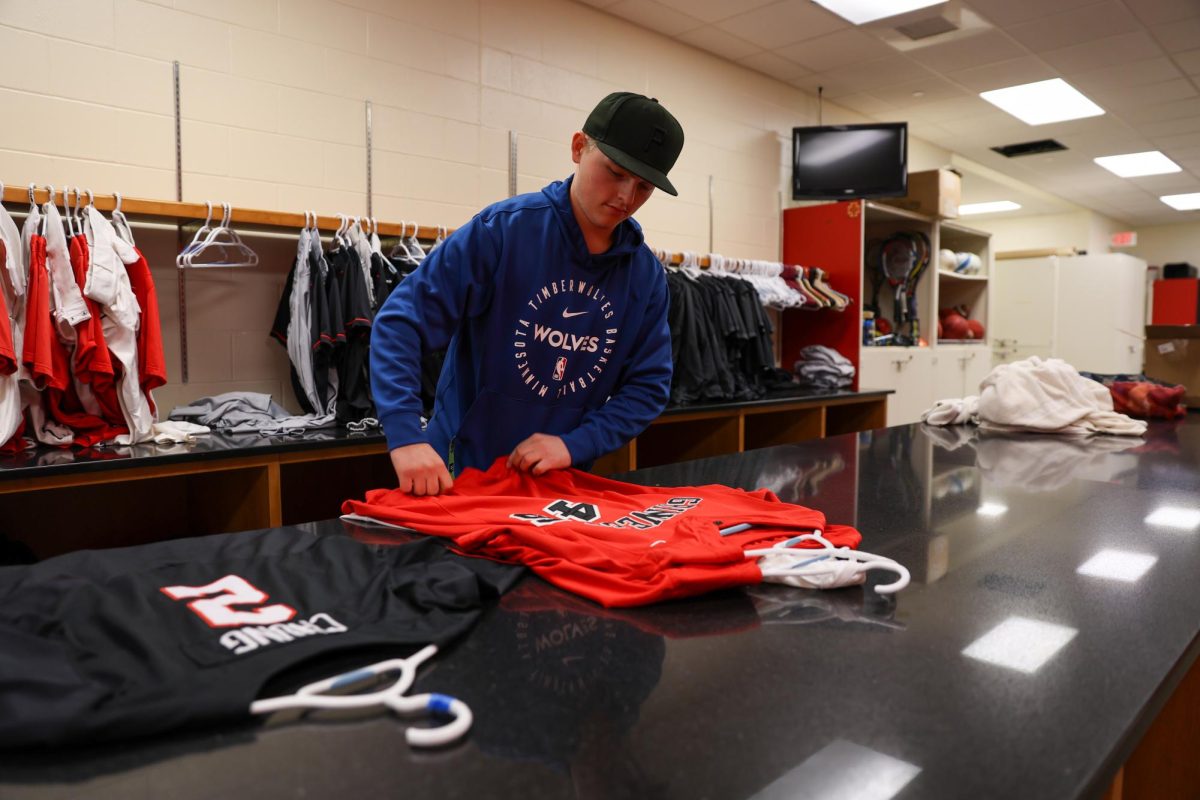
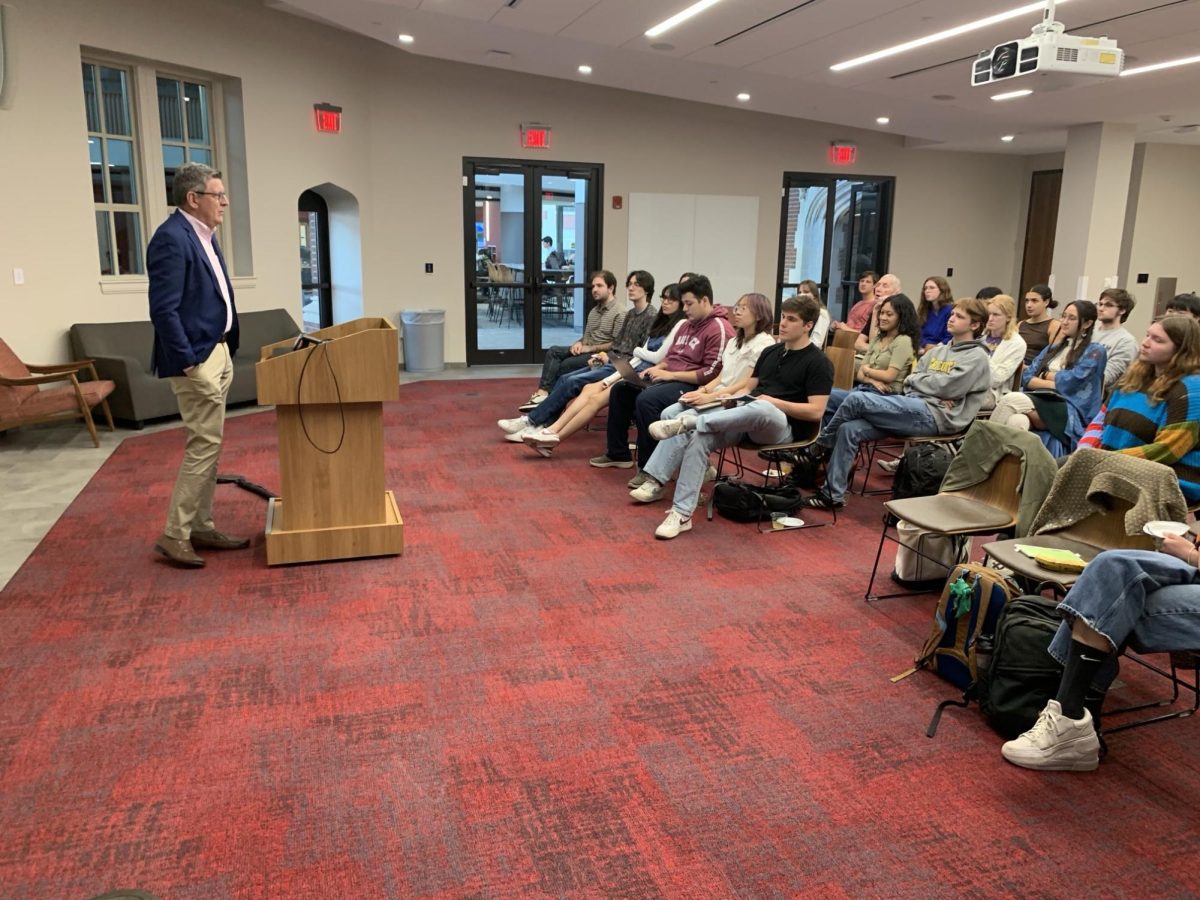

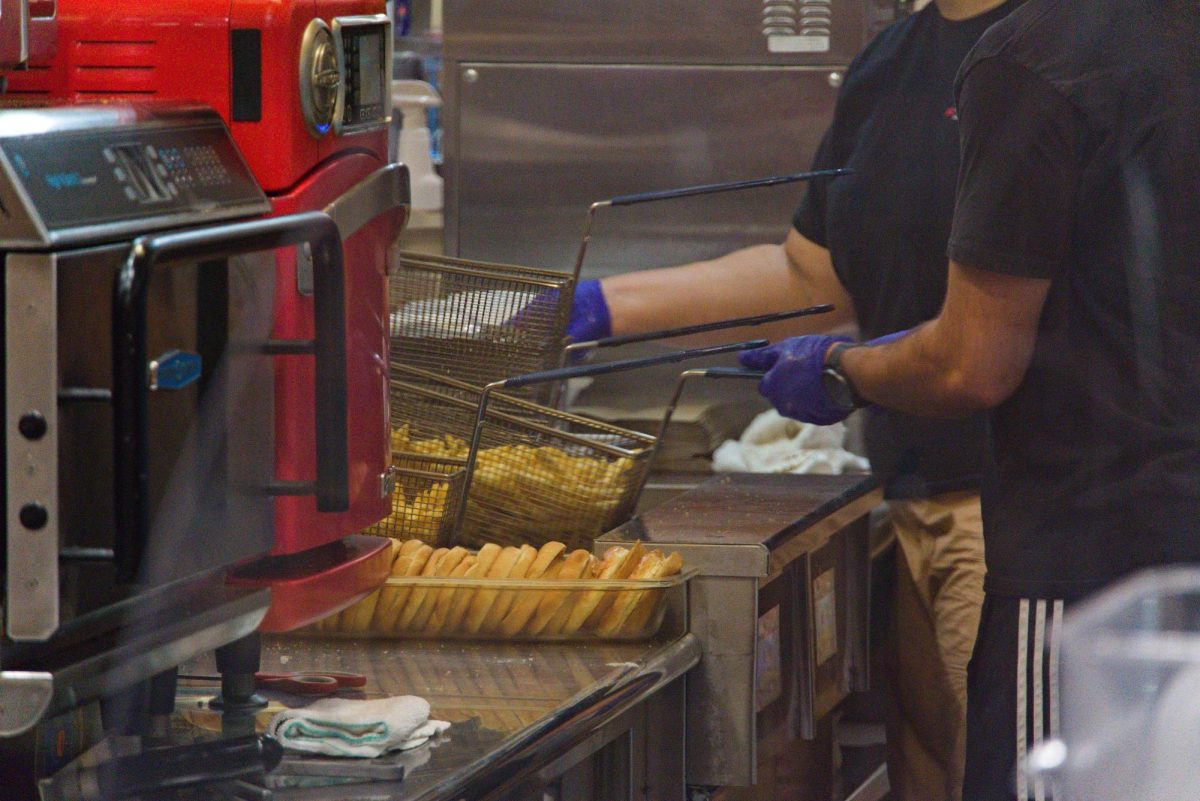

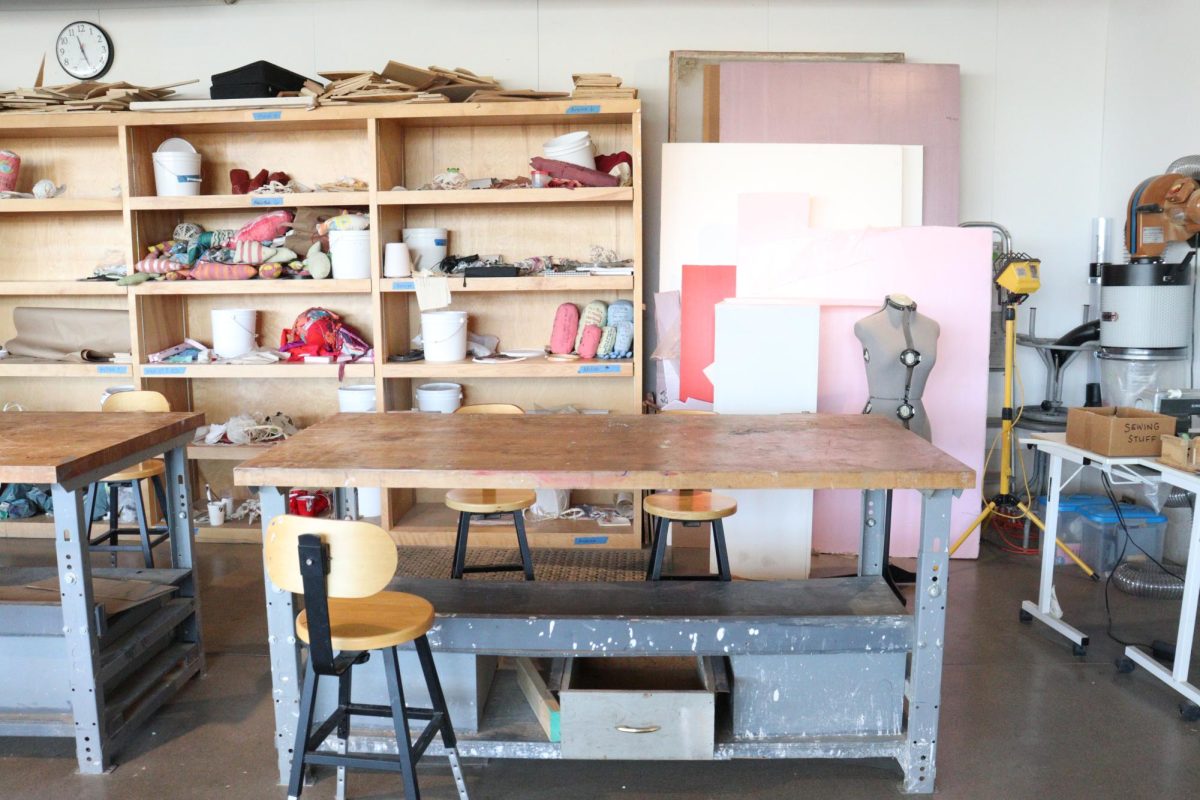
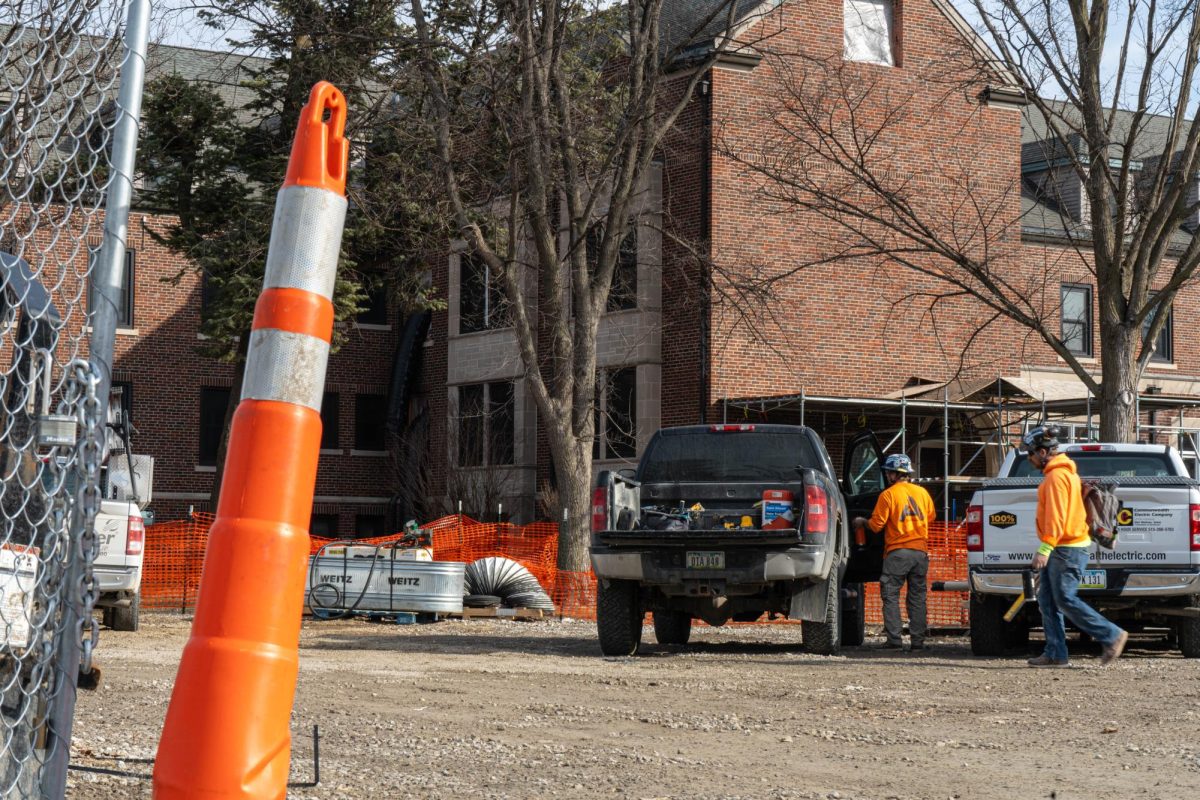
Bob • Nov 8, 2024 at 4:38 pm
I wonder how much money the “legendary” J. Ann Selzer got paid off by the DNC to produce this poll that was off by (checks notes) 17%.
Tony lorenzano • Nov 2, 2024 at 9:20 am
The magic number is usually about 650 for studies. But doing a Mediacom poll is already a source of technical bias that could be huge: older, home owners in Des Moines (West Des Moines area??)
It looks close, but I suspect the Trump fans are flakier and many will be to busy to vote!
Trump is getting some undue slamming ove some really crappy things he just said–Yeah, there are more of those! But, let’s be fair.
Frankly, based on Trump’s superman persona, I wonder how we would know when Trump would be showing signs of senility!
We’ll see.